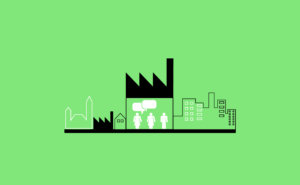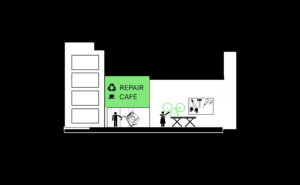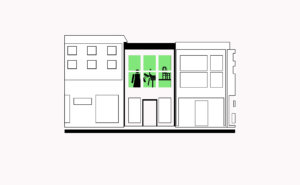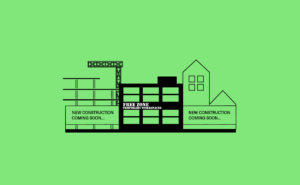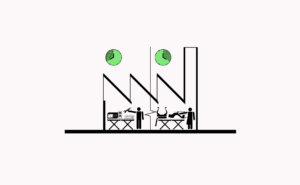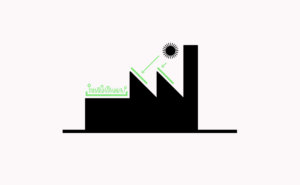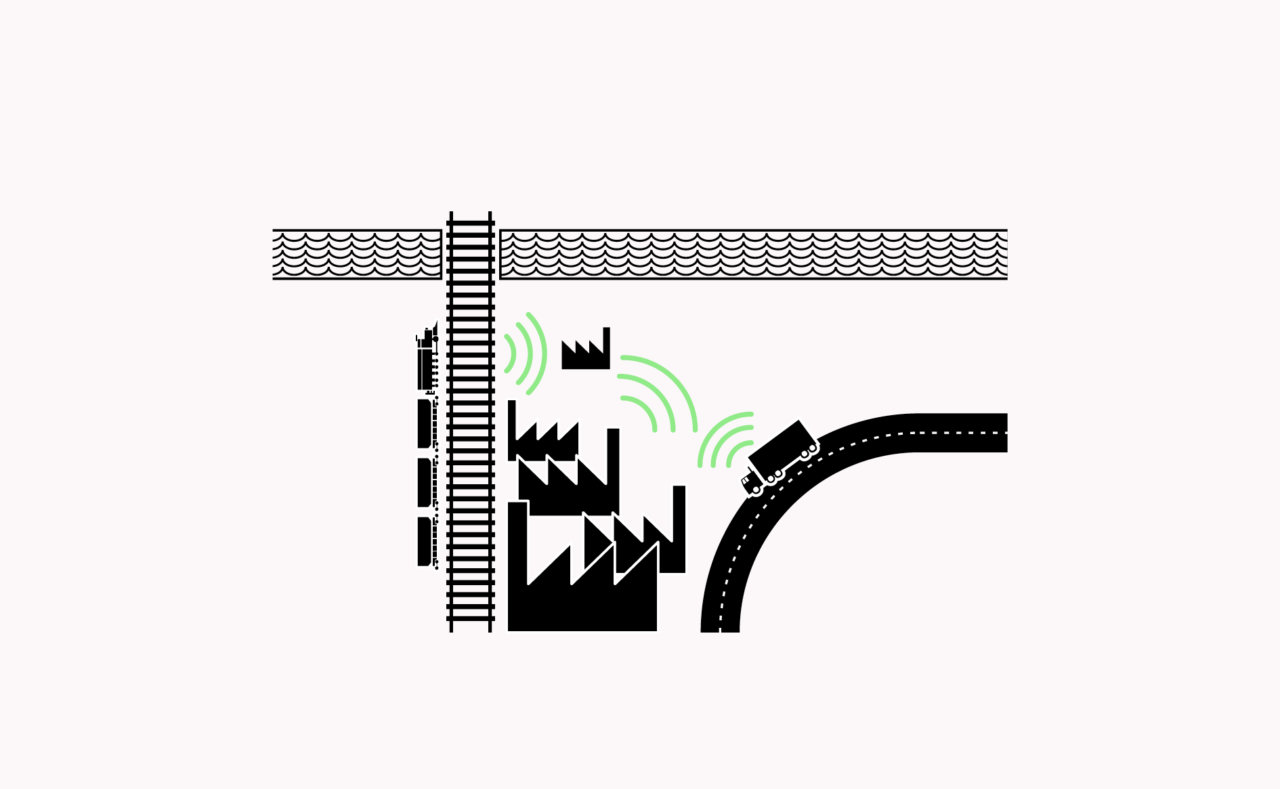
C.9 Concentrating Messy Making Along Infrastructure
Concentrating manufacturing activities that produce noise, dust, and problematic odours along infrastructure, minimises nuisances.
[Context] Just like manufacturing, infrastructure (roads, railways and canals) create disturbances in terms of noise and accessibility. Urban manufacturing can be concentrated along infrastructure to minimise nuisances. This is particularly relevant for businesses that depend on heavy transport and particularly those with production processes that are noisy or emit unpleasing odours or dust.
[Problem] Manufacturing is not the only activity that results in environmental nuisances. Infrastructure, such as roads or rail lines, can affect the quality of life of residents due to noise and emissions. When the externalities of making activities (noise, dust, vibrations, smells) enter in conflict with residents, manufacturers generally are forced to adapt or move. Environmental regulations in many countries impose limitations on where certain types of manufacturing can be located in relation to other land uses. Generally, as a result, industries are relegated to industrial neighbourhoods and pushed to the periphery of the city, away from housing, which in turn can make manufacturing less accessible to workers. In spite of the emergence of new, more quiet technologies such as additive manufacturing, some activities remain noisy. Building materials used in industrial structures tend to be cheap, lightweight and poorly insulate noise. The absence of R.2 Transparent Manufacturing and communication of manufacturing processes, leads to confusion and friction with concerned neighbours. This makes manufacturing next to infrastructure an ideal solution.
[Forces] While concentration of manufacturing makes perfect sense, housing remains a persistent conflict particularly for sites located along transport routes, as buildings can easily be insulated to deal with noise. In many cases, this does not lead to ideal living conditions due to noise and transport related emissions but real estate mechanisms can be hard to halt. Public authorities can use manufacturing and effective C.10 Transition Zones to buffer noise and air quality issues, but this requires firm protection of industrial areas and sometimes political will to avoid housing.
[Solution] Where possible reduce nuisances by concentrating manufacturing along infrastructure. Focus first on the needs of city oriented heavy manufacturing to create C.7 Links to Transport Infrastructure for R.8 Moving Things Efficiently. Take advantage of edges, enclaves or drosscapes that are generated through large infrastructure that runs across urban regions and is secluded from the city and its surroundings. N.1 Taking Advantage of Place Conditions by design, could use these areas to host and protect large scale, ‘messy’ manufacturing. Infrastructure, particularly roads and rail, is also noisy, yet it will continue to be fundamental in cities. In fact, freedom to make noise and odours and operate on a 24 hour basis provides benefits for businesses. A R.3 Curator could help defining complementary forms of manufacturing that result in similar nuisances. Organising these businesses in C.10 Transition Zones could be done by N.9 Making Touches Making. Define a noise gradient away from the infrastructure, clustering compatible kinds of nuisances. Use C.2 Negotiated Qualities & Environmental Criteria to also open dialogue with manufacturers when it comes to locating proposed housing along noisy infrastructure or manufacturing activities. In more dense urban contexts, building design could help to attenuate noise and dust. As infrastructure is slow to change, manufacturers could be given R.9 Assured Security of Space by investing more in their factories, using sturdier and heavier materials with higher levels of noise insulation.
[Examples]
– Industrieweg (Gent, BE) shows how a street and a canal provide a buffer for manufacturers and industrial land.
[Contribution] Add contributions here.
